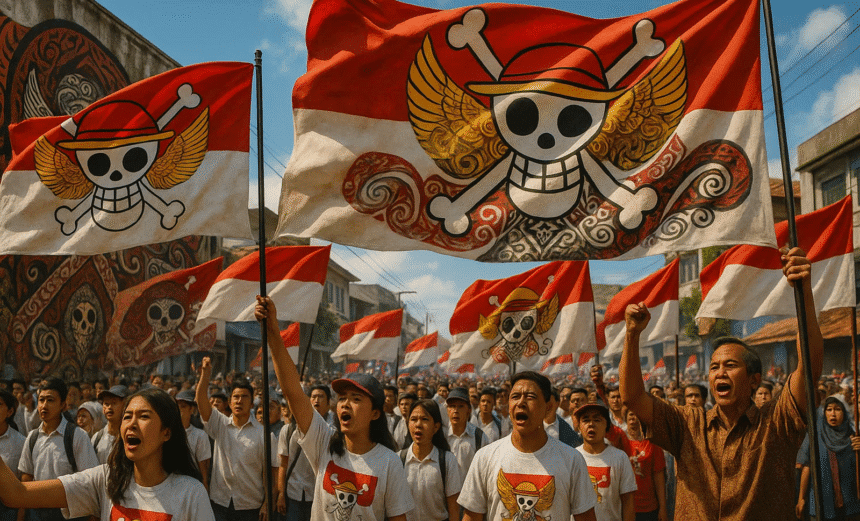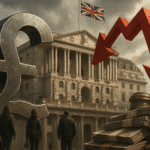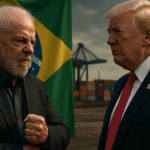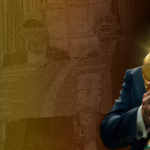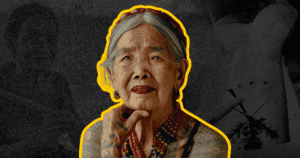In an unexpected cultural wave, the iconic Jolly Roger from the Japanese manga and anime One Piece has sailed far beyond the world of fiction to become a real-world emblem of defense and unity across Indonesia. The movement began in late July 2025, when a youth advocacy group in Surabaya organized a “Unity Rally” urging citizens to stand together against rising regional tensions, environmental threats, and social division. Inspired by the unwavering solidarity of Monkey D. Luffy and his crew, the organizers handed out flags that combined the famous skull-and-crossbones design with elements of Indonesia’s own Merah Putih and Garuda, symbolizing strength, loyalty, and national pride.
The phenomenon exploded on social media on July 29, when a TikTok video showing citizens from students to coastal villagers waving the hybrid flag went viral. In the clips, participants recited the phrase, “We sail together; we stand together”, linking the fictional Straw Hat Pirates’ spirit of camaraderie with Indonesia’s real-world challenges. Within just 48 hours, the hashtag #BenderaOnePiecePersatuan had garnered over a million views. The appeal was immediate and cross-generational: younger fans connected through their love of One Piece, while older generations recognized the deeper message of resilience and collective action.
Several factors contributed to the flag’s resonance. The One Piece story carries powerful themes of resistance against tyranny, unity in diversity, and loyalty above all else values which echoed strongly among Indonesians. The bold and easily recognizable design made it simple to reproduce for banners, T-shirts, and murals, while the cultural fusion of modern anime with traditional national elements bridged generational and stylistic gaps. Street artists in Bandung and Yogyakarta quickly joined in, creating murals that blended the Jolly Roger with batik patterns or Dayak motifs, visually representing Indonesia’s motto, “Unity in Diversity.”
The effects were both symbolic and tangible. Community rallies adopted the flag as a unifying banner for peaceful protests, environmental campaigns, and disaster relief efforts. Local businesses began selling tote bags, caps, and stickers featuring the modified design, donating a portion of profits to charity. University panels and cultural forums discussed the surprising but powerful way pop culture could inspire civic engagement, with events titled “Fiction Into Reality: When a Pirate Flag Becomes a National Symbol” drawing packed audiences. In some coastal communities facing flooding, residents hoisted the hybrid Jolly Roger alongside the national flag, signaling that unity and defense were not just political ideals, but survival strategies.
However, the movement was not without criticism. Some voiced concerns that a pirate symbol might send the wrong message or overshadow Indonesia’s traditional emblems. In response, government officials clarified that the flag was being used purely as a complementary cultural symbol, not as a replacement for official national insignia. They encouraged continued creativity, provided it respected Indonesia’s heritage and laws.
As the movement grows, it is clear that the One Piece flag has become more than just an anime reference; it is a vessel carrying a modern message of solidarity, resilience, and hope. Whether seen at rallies, painted across city walls, or waved proudly in TikTok videos, it serves as proof that stories, real or fictional, can cross borders, languages, and generations to unite a nation under one shared banner. In the words of one Jakarta activist, “We may not be pirates, but we’re sailing toward the same dream: a stronger, united Indonesia.”

